Golden Dome Missile Shield: Trump's Plan And Its Feasibility
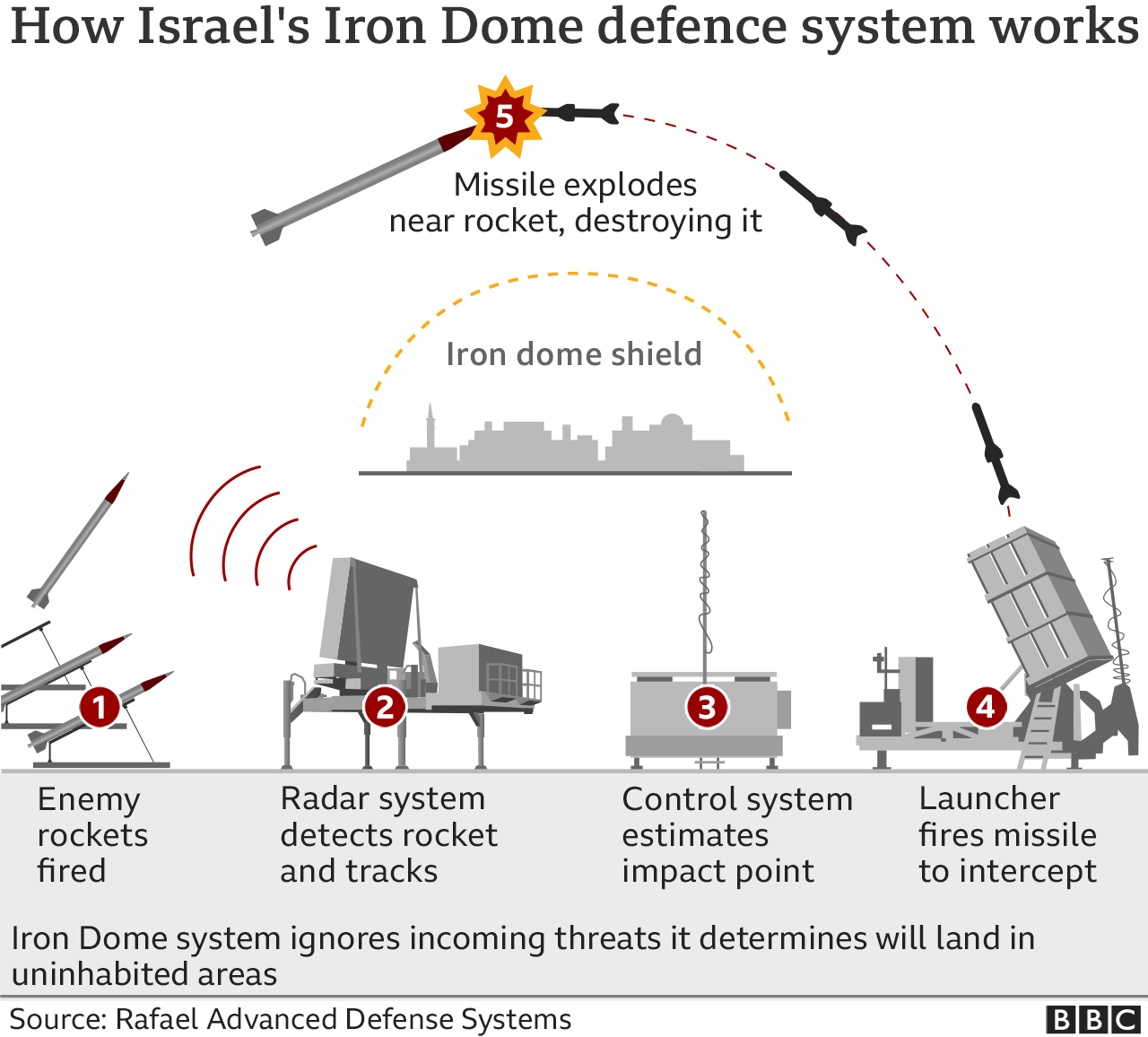
Table of Contents
The Proposed Design and Technology of the Golden Dome Missile Shield
The Golden Dome envisioned a multi-layered ballistic missile defense system, significantly expanding upon existing capabilities. While specifics remained largely undefined, the concept incorporated a range of cutting-edge technologies to create a comprehensive shield against incoming missiles.
- Ground-Based Interceptors: Existing ground-based interceptor (GBI) sites would be augmented and potentially expanded, forming the foundational layer of the defense.
- Space-Based Sensors: The plan likely included a network of satellites providing early warning and tracking of ballistic missile launches, enhancing the accuracy and speed of response.
- Laser Technology: High-powered lasers were considered as a potential component, capable of destroying incoming missiles in the atmosphere or even in space. This would offer a rapid and potentially more cost-effective response than kinetic interceptors.
- Advanced Radar Systems: Enhanced radar technology would be crucial for detecting and tracking even the fastest and most sophisticated ballistic missiles, including hypersonic missiles.
Proponents argued the Golden Dome would offer significantly increased protection against ballistic missile attacks, providing a layered defense that could mitigate the effectiveness of both conventional and unconventional weaponry. The enhanced early warning systems, combined with the speed and accuracy of the proposed interceptors, were touted as a game-changer in national security.
Feasibility Analysis: Technological Challenges and Limitations
While the concept of a comprehensive missile shield is appealing, significant technological hurdles stand in the way of realizing the Golden Dome.
- Hypersonic Missiles: Current interceptor technologies struggle to reliably intercept hypersonic missiles due to their extreme speed and maneuverability.
- Accuracy and Speed: Achieving the precision and speed required to consistently neutralize incoming warheads, especially multiple simultaneous launches, remains a considerable technological challenge.
- Cost-Effectiveness: The R&D, deployment, and maintenance costs associated with such an ambitious project would be astronomical, potentially straining national budgets.
- Technological Limitations: Current technology may not allow for the successful implementation of all components, specifically space-based laser technology.
The potential for failure or unintended consequences, such as accidental escalation, adds to the complexity of the feasibility assessment. Any gaps or vulnerabilities in the system could leave a nation more exposed, creating a false sense of security.
Geopolitical Implications of the Golden Dome Missile Shield
The deployment of a system like the Golden Dome would inevitably have profound geopolitical implications.
- Arms Race: Other nations might view it as a destabilizing force, prompting a new arms race as they seek to develop countermeasures or enhance their own offensive capabilities. This could lead to an escalation of tensions.
- International Relations: The system could strain relationships with countries that perceive it as a threat, potentially leading to diplomatic conflicts and a decrease in geopolitical stability.
- Arms Control Treaties: The Golden Dome's development and deployment could undermine existing arms control treaties, further destabilizing the international landscape.
- Deterrence: While proponents might argue that it increases deterrence, it could also increase the risk of miscalculation and accidental escalation, particularly with the potential for misidentification of objects and an overreaction to warning signs.
Potential positive outcomes include enhanced national security and a greater sense of protection. However, the significant risks associated with an arms race, strained international relations, and accidental escalation far outweigh these potential benefits.
Alternative Approaches to Missile Defense
Instead of focusing on a single, potentially unrealistic, all-encompassing system like the Golden Dome, alternative missile defense strategies should be explored.
- Existing Missile Defense Systems: Improving and modernizing current interceptor systems remains a viable path, focusing on enhancing their speed, accuracy, and ability to tackle evolving threats.
- Deterrence Strategies: Strengthening deterrence through diplomatic engagement, arms control agreements, and credible military responses can deter potential aggressors from launching attacks.
- Proactive Defense: Investing in intelligence gathering, early warning systems, and preemptive measures to neutralize threats before they materialize offers another crucial layer of defense.
Each of these strategies has its pros and cons, requiring careful consideration of their effectiveness, cost, and potential impact on international relations. A layered approach, combining multiple strategies, might prove more effective and less prone to unintended consequences than any single, large-scale initiative.
Conclusion: Evaluating the Reality of the Golden Dome Missile Shield and Future Outlook
The Golden Dome Missile Shield, while conceptually appealing, presents significant technological, financial, and geopolitical challenges. The feasibility of creating a truly impenetrable shield against all types of ballistic missiles, particularly hypersonic ones, remains highly questionable. The astronomical cost, potential for arms races, and the risk of escalating international tensions make it a less than ideal approach to national security. A more pragmatic approach involves focusing on a comprehensive layered defense strategy that combines existing missile defense systems with proactive defense and strong deterrence strategies. The future of missile defense lies in a balanced approach that prioritizes realistic solutions, mindful of both technological capabilities and international stability. Further research and exploration of alternative missile defense strategies are crucial for ensuring national security in the face of evolving threats.

Featured Posts
-
 Bbc Breakfast Guests Unexpected Live Broadcast Interruption
May 22, 2025
Bbc Breakfast Guests Unexpected Live Broadcast Interruption
May 22, 2025 -
 Landladys Foul Mouthed Tirade After Employee Resignation
May 22, 2025
Landladys Foul Mouthed Tirade After Employee Resignation
May 22, 2025 -
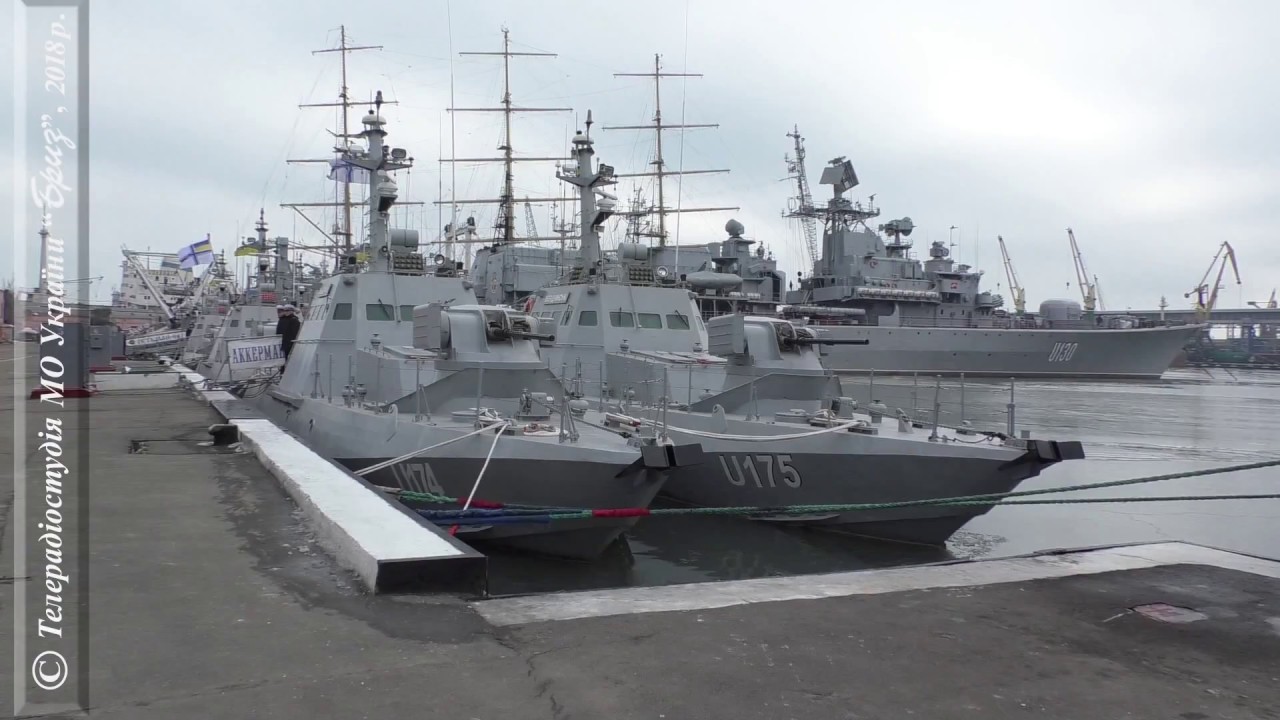 Shlyakh Ukrayini Do Nato Poperedzhennya Pro Potentsiyni Zagrozi
May 22, 2025
Shlyakh Ukrayini Do Nato Poperedzhennya Pro Potentsiyni Zagrozi
May 22, 2025 -
 Fda Crackdown On Ozempic Copies Supply Shortages Loom
May 22, 2025
Fda Crackdown On Ozempic Copies Supply Shortages Loom
May 22, 2025 -
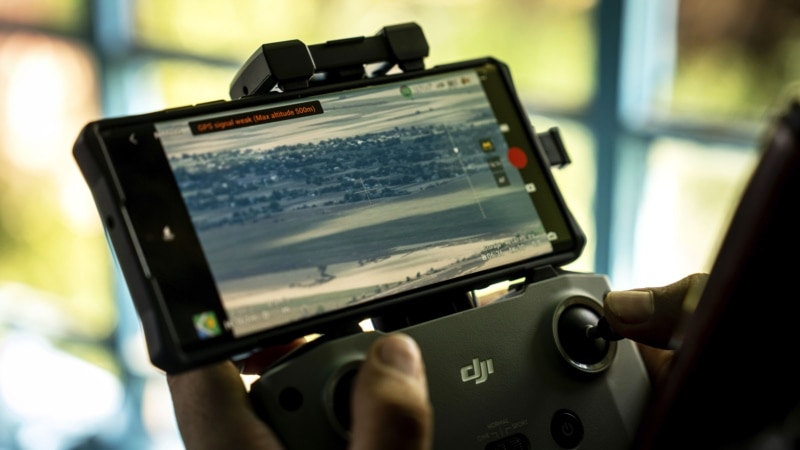 Nato Protiv Rossii Patrushev O Planakh Zakhvata Kaliningrada
May 22, 2025
Nato Protiv Rossii Patrushev O Planakh Zakhvata Kaliningrada
May 22, 2025
Latest Posts
-
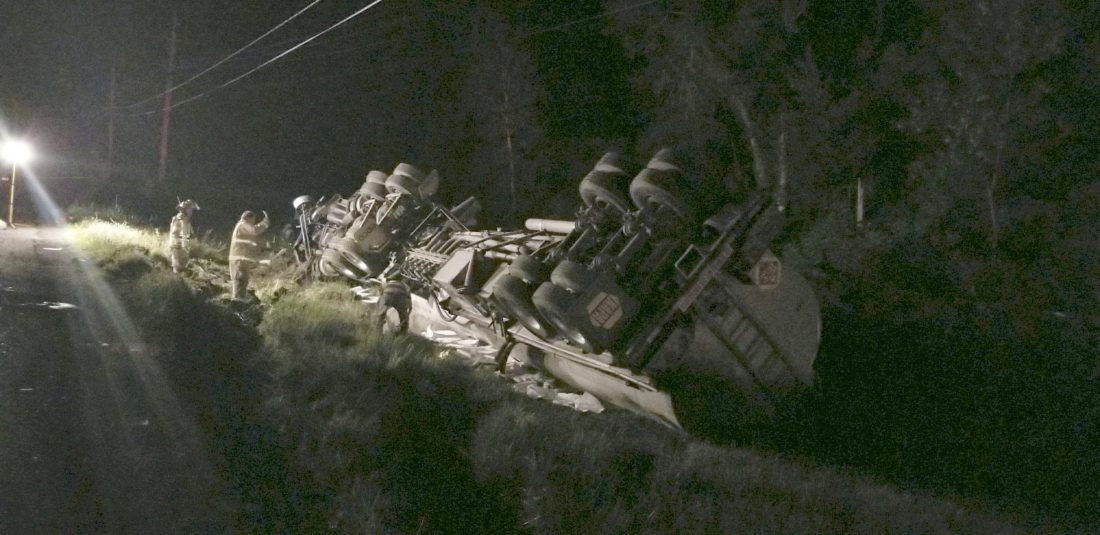 Interstate 83 Closed After Produce Truck Accident
May 22, 2025
Interstate 83 Closed After Produce Truck Accident
May 22, 2025 -
 Produce Truck Rollover Shuts Down Part Of I 83
May 22, 2025
Produce Truck Rollover Shuts Down Part Of I 83
May 22, 2025 -
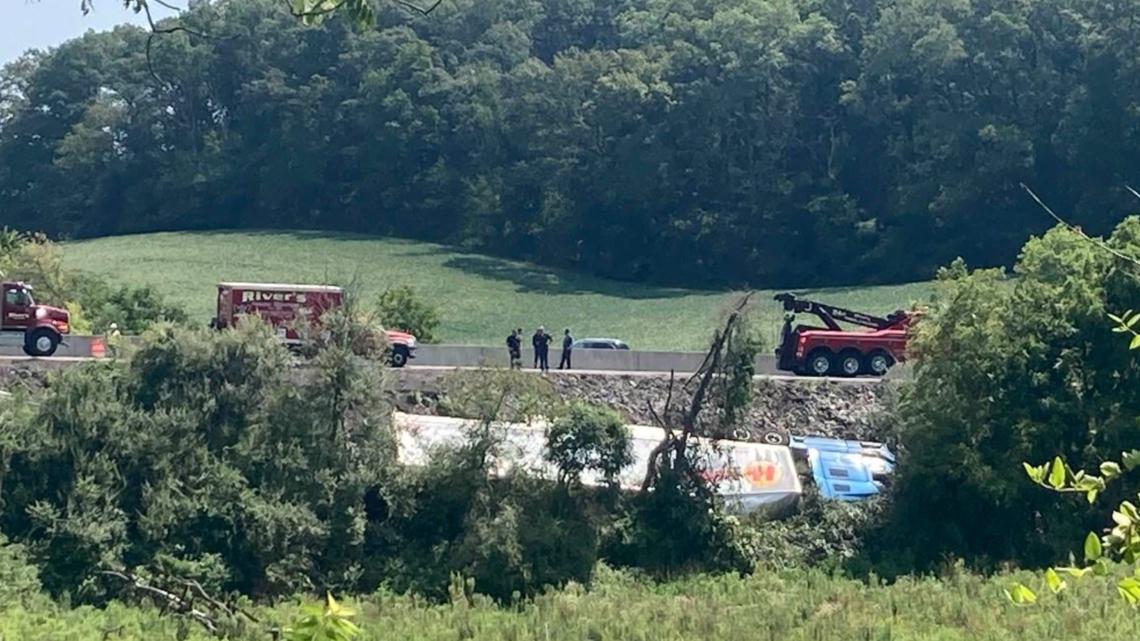 Produce Hauling Truck Accident On Interstate 83
May 22, 2025
Produce Hauling Truck Accident On Interstate 83
May 22, 2025 -
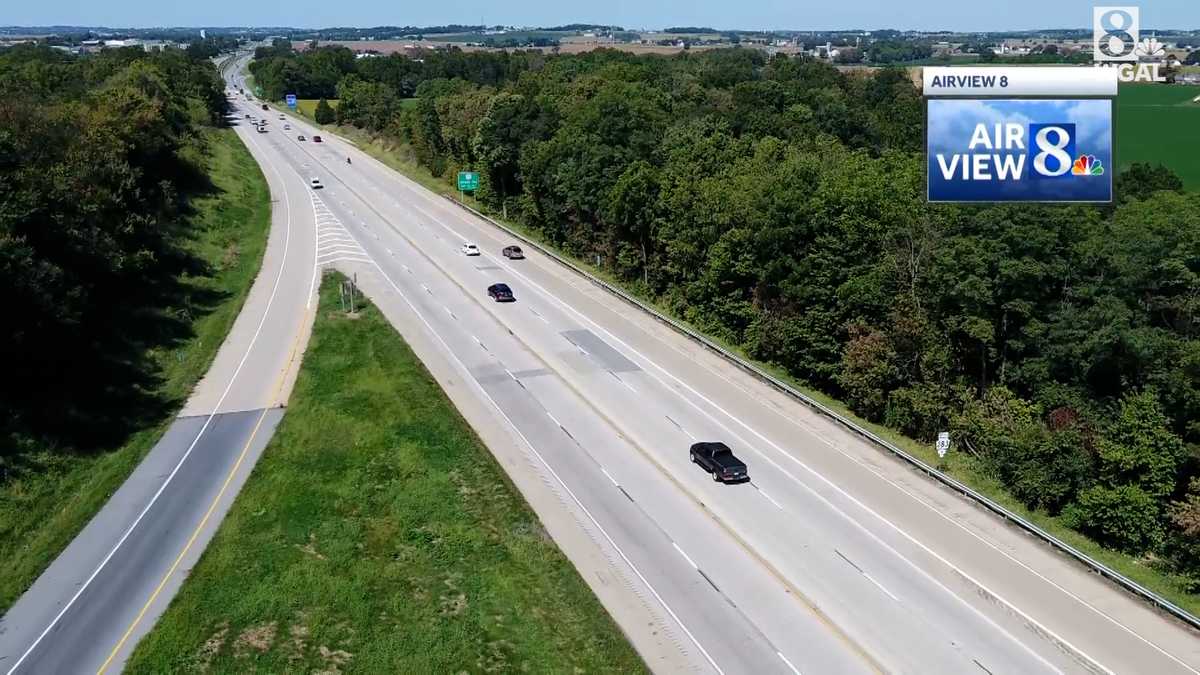 Fed Ex Truck Inferno Shuts Down Route 283 In Lancaster County
May 22, 2025
Fed Ex Truck Inferno Shuts Down Route 283 In Lancaster County
May 22, 2025 -
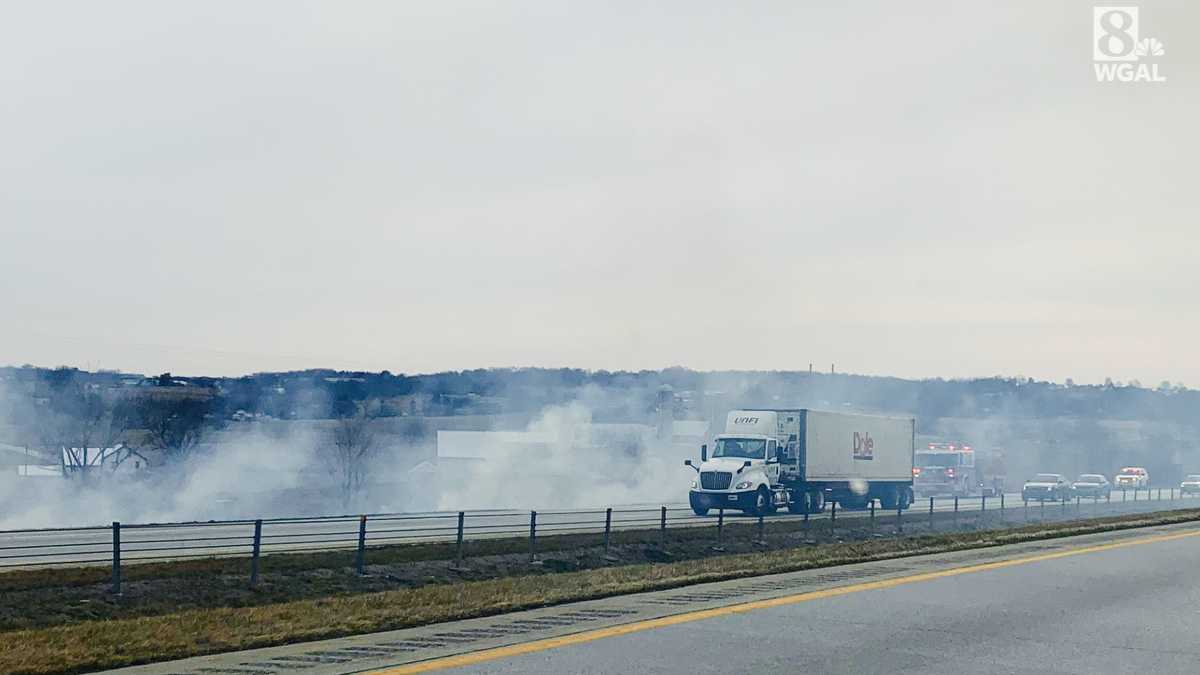 Route 283 Closed Due To Fed Ex Truck Fire In Lancaster County Pa
May 22, 2025
Route 283 Closed Due To Fed Ex Truck Fire In Lancaster County Pa
May 22, 2025
